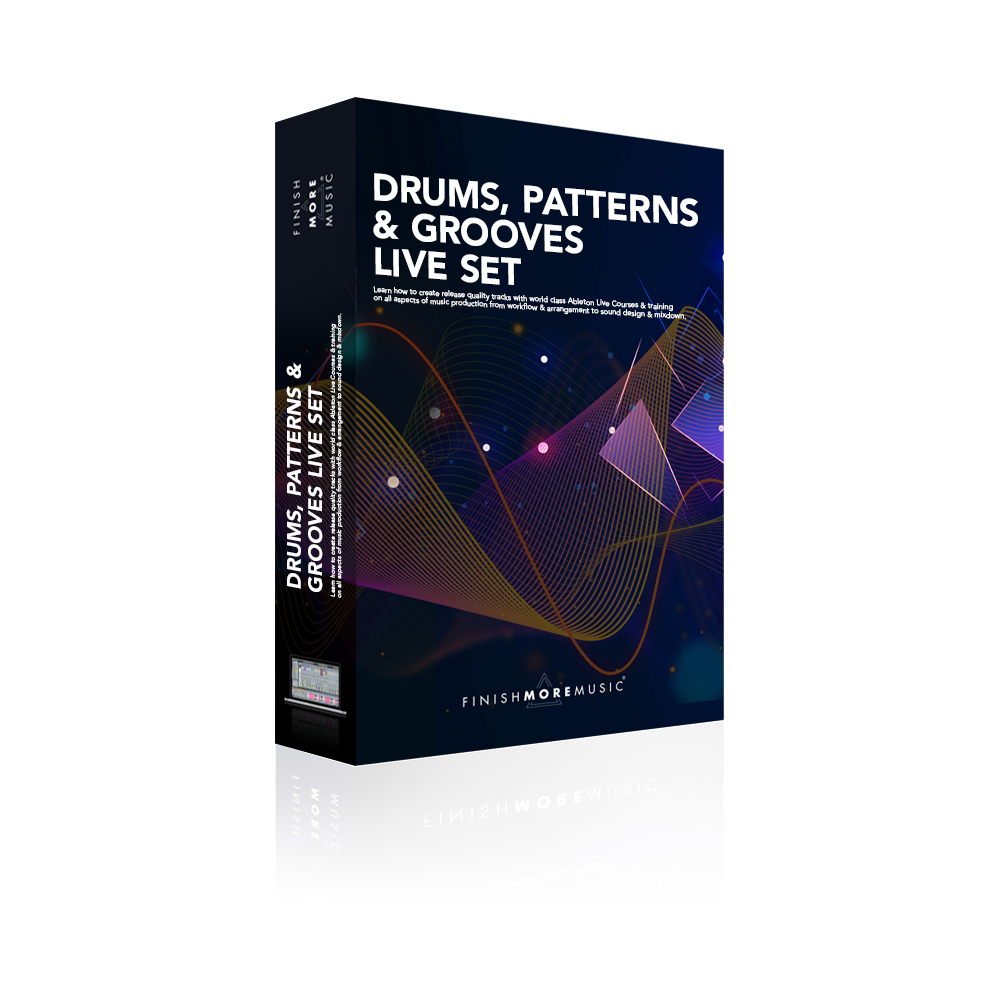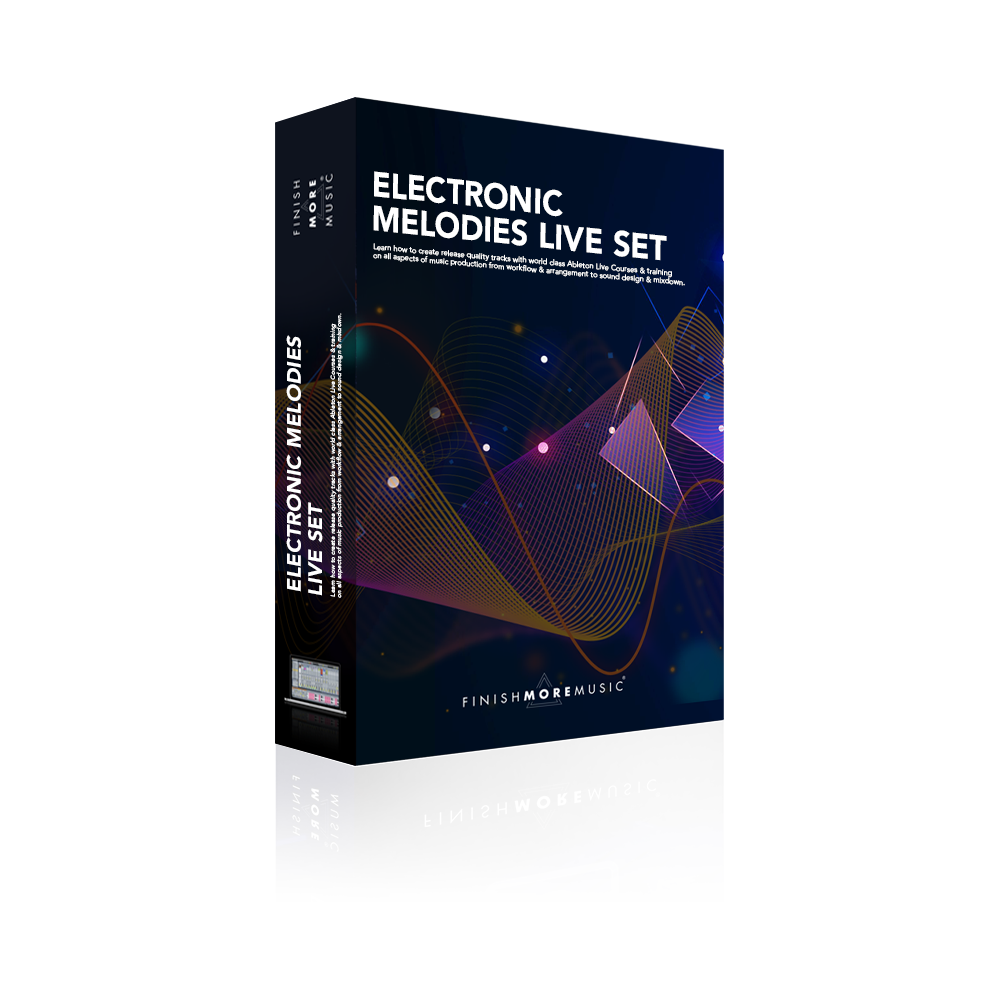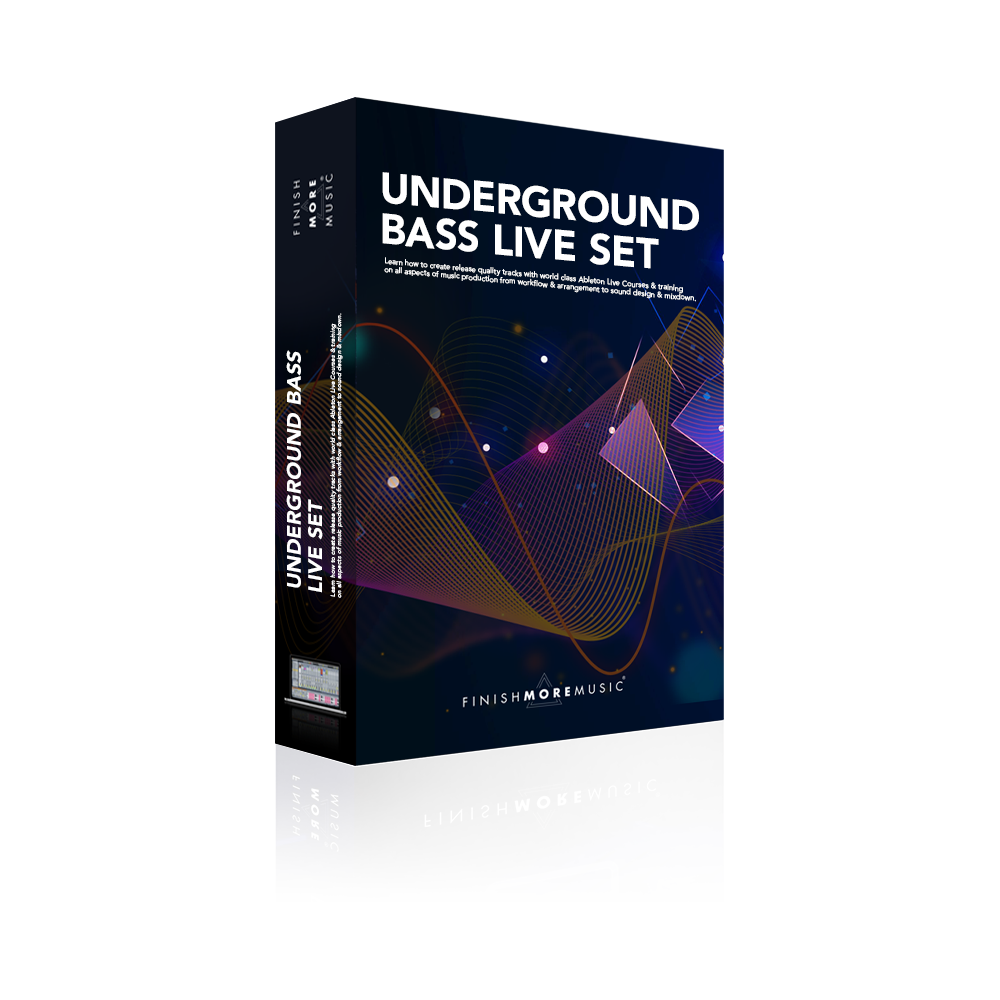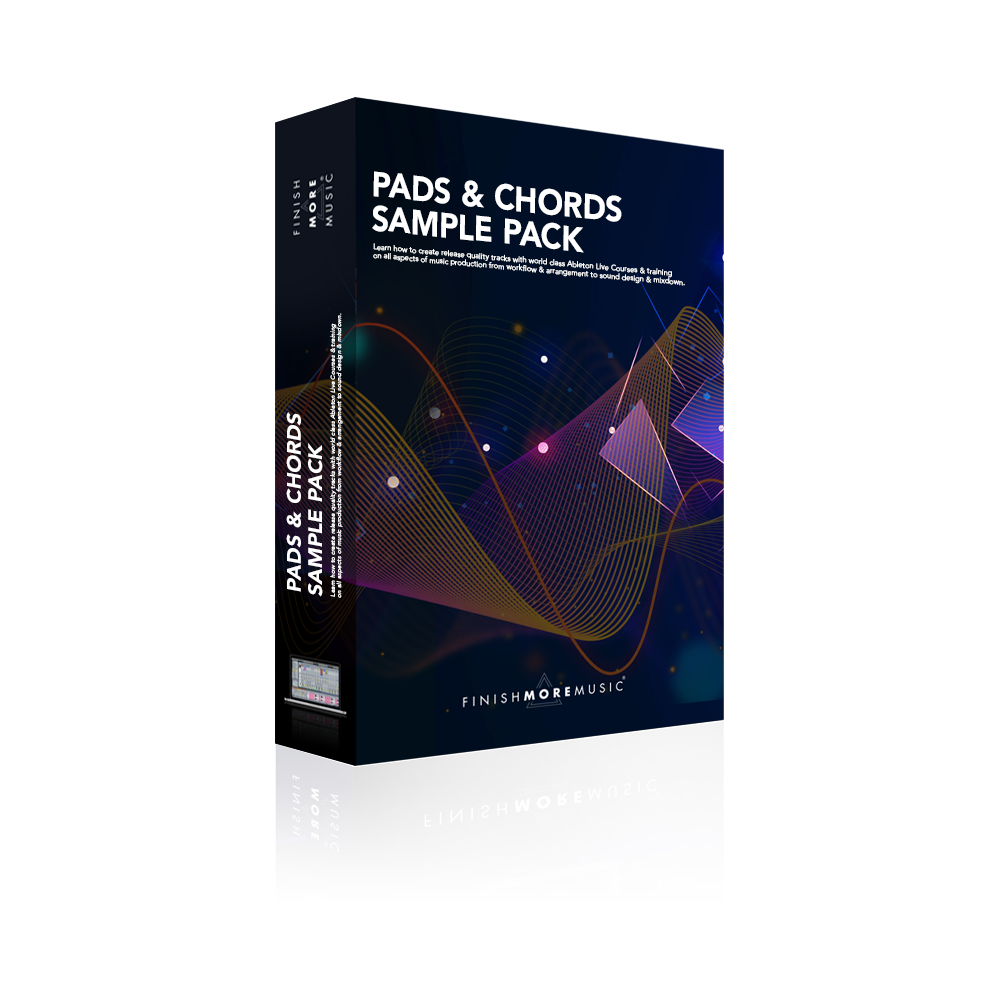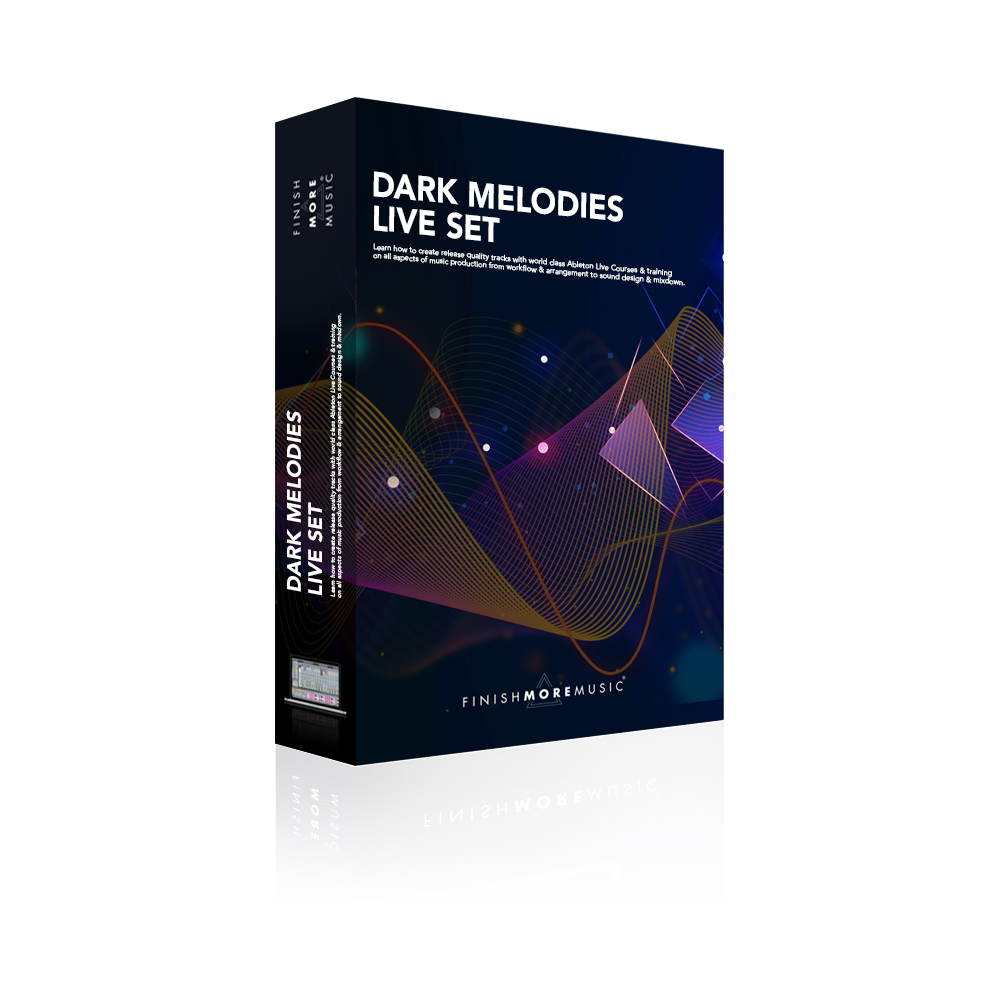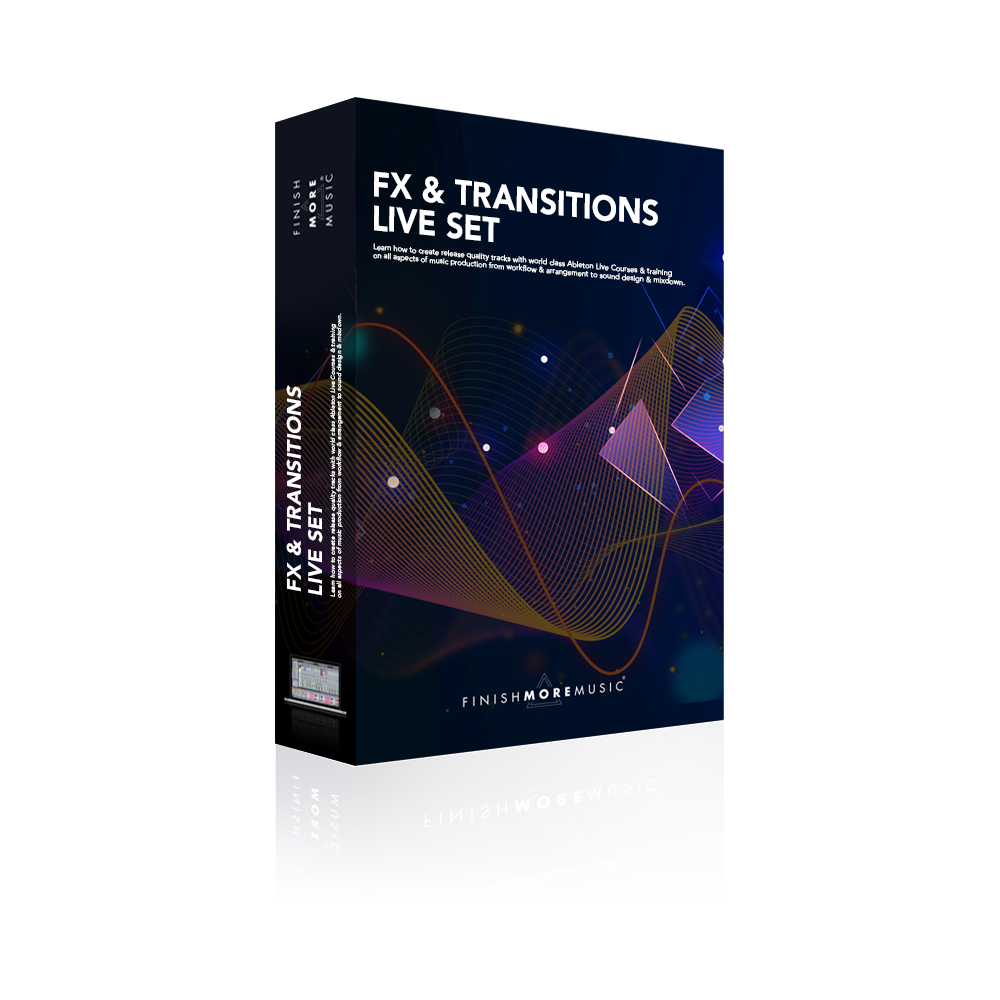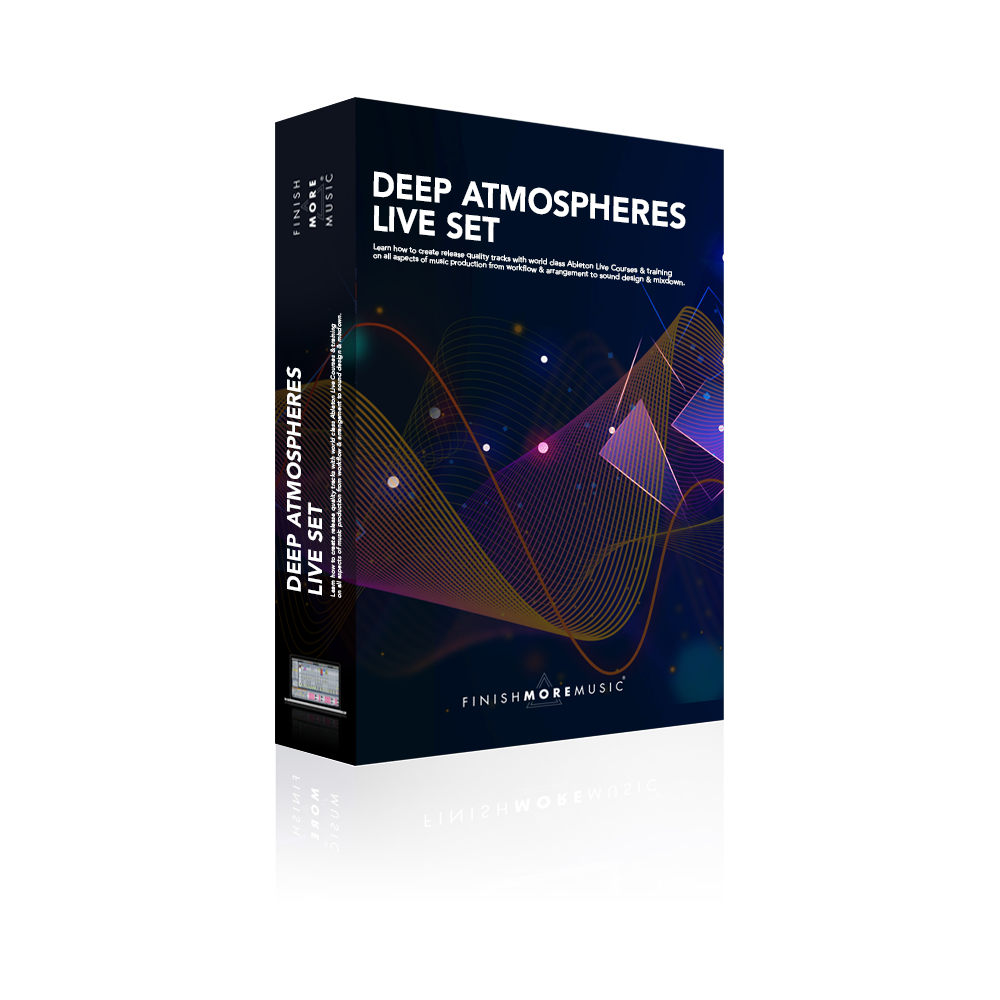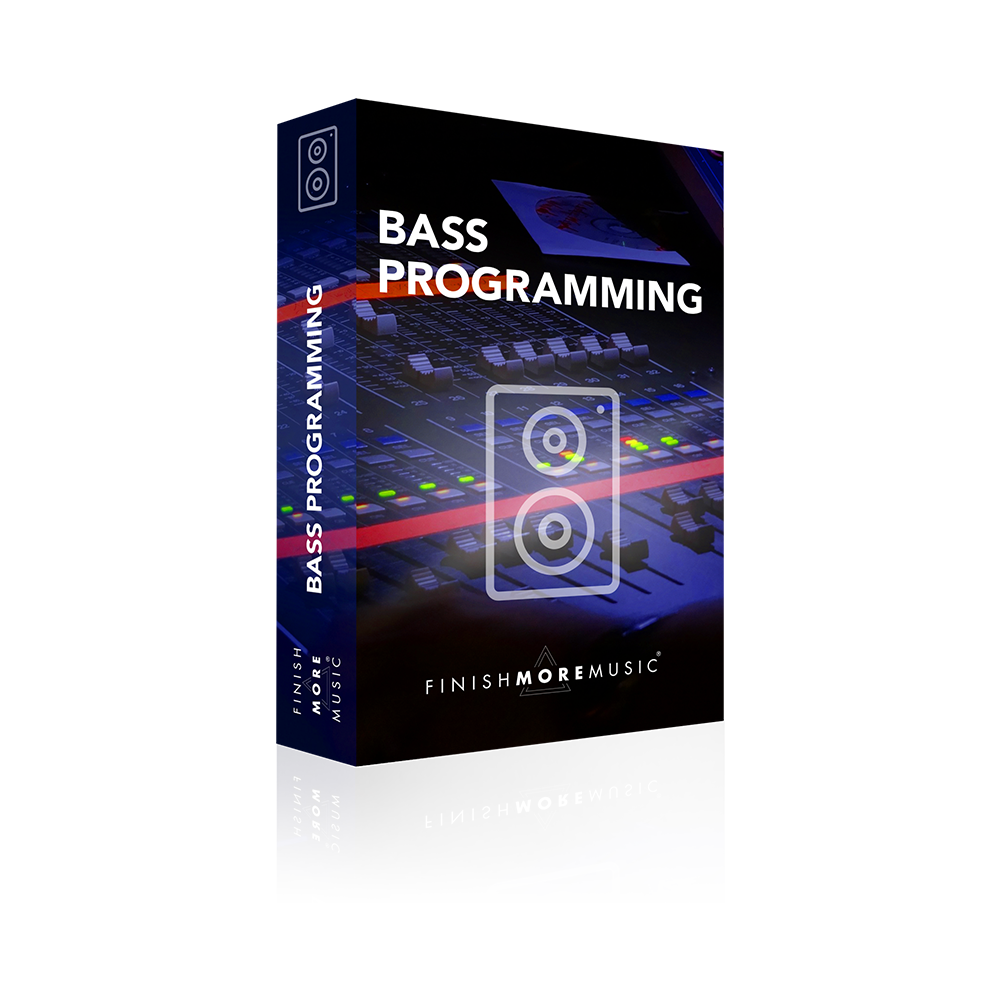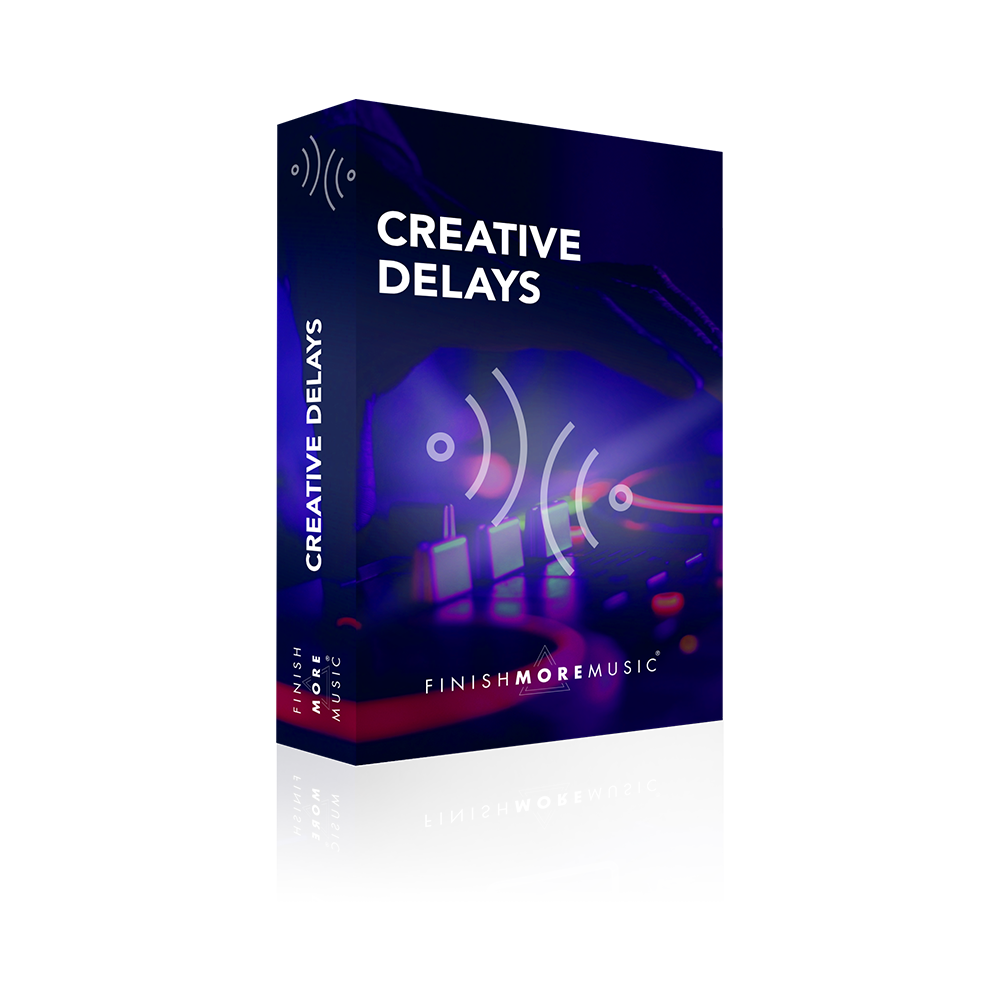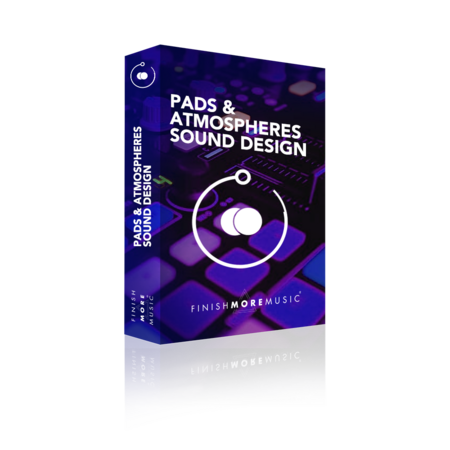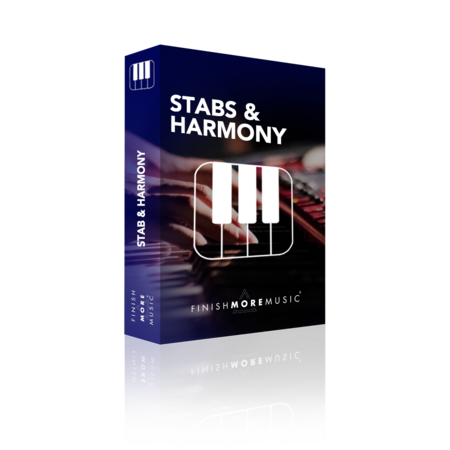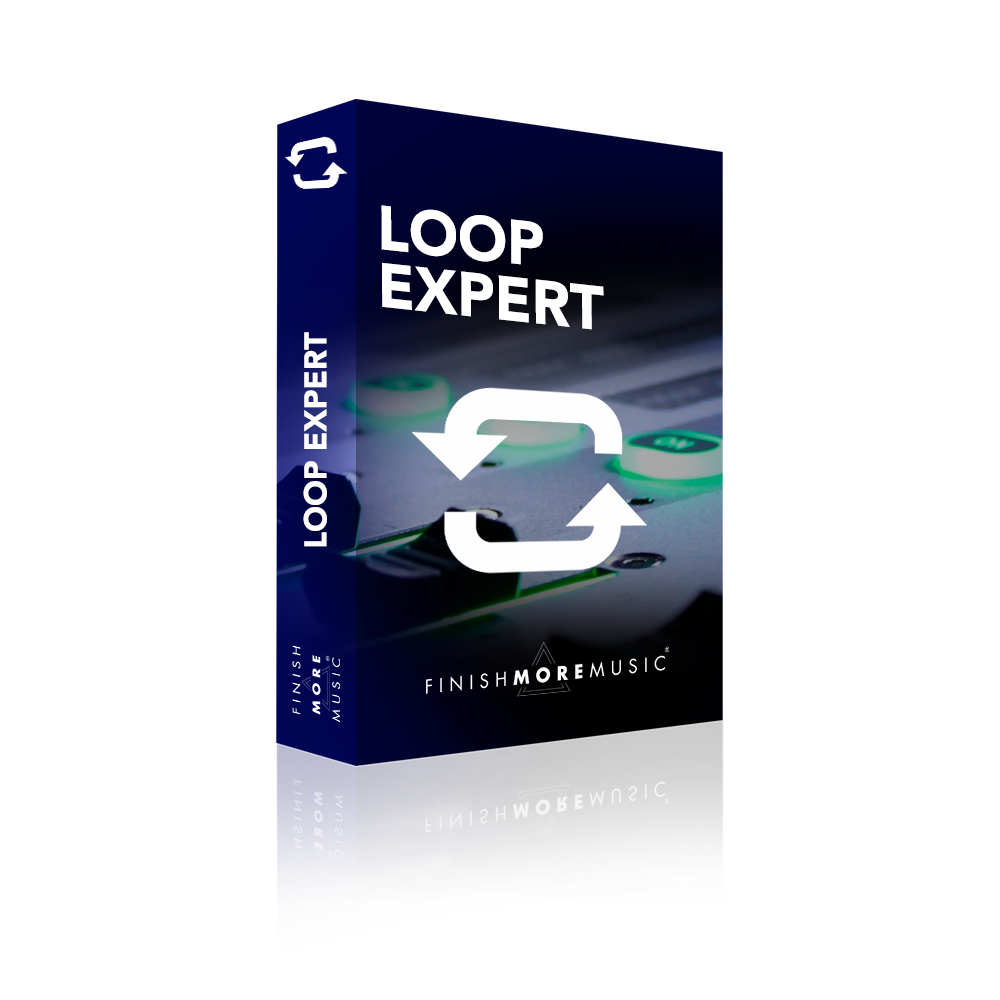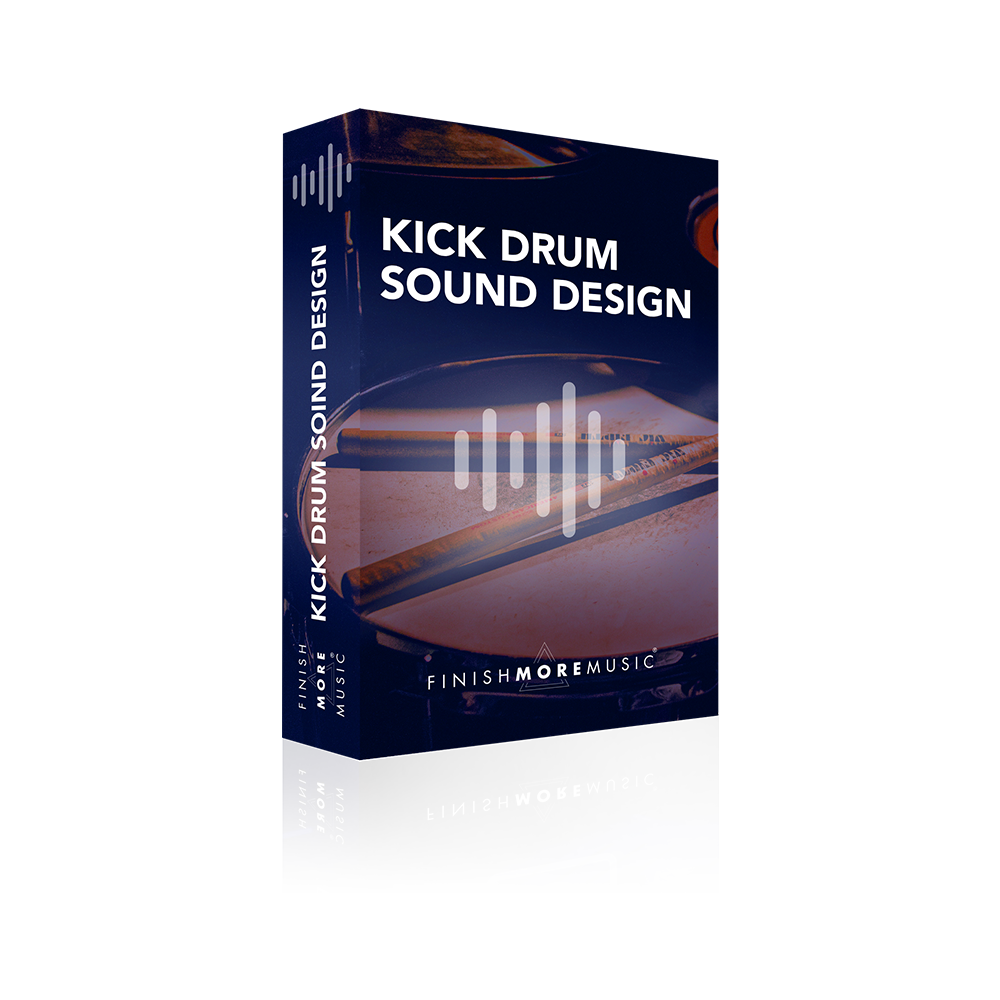Have you ever found the perfect riser for your track in a sample pack? I haven’t! I find the majority are over processed, wobbly, pitch bendy things that do not fit the dark vibe of my music. In this video I show you a fast efficient way of creating that darker, moodier riser that can glue your transitions seamlessly, and save you from getting lost tweaking when you are in your creative flow.
Transcript
Okay so in this tutorial we’re gonna check out how to create a quick riser effect that has a more dark kind of brooding feel to it as opposed to the big mental pitch bend things that you often find in sample packs. I typically find that those sort of sounds just don’t fit these darker underground genres and rather than spend ages flicking through a sample pack trying to find a needle in a haystack I’d much rather knock something up myself.
So let’s have a listen at the example we’ve got. I’m basically at a stage where I’m just experimenting trying to balance out the energy flow at the end of a breakdown. And at the moment for me is feeling a little bit empty and like it needs something to glue the end of the breakdown and the drop together. But have a listen I’ll just play a section of it for you.
Okay so what I want to do is bring a riser in sort of a cross here so that it masks a little bit this pad going out. It adds some thickness in here and it helps to glue these two sections together. So the first thing you’re gonna need for this is a pretty chunky drum or percussive type sample. I’ll just play this one so you can get a feel of what I’ve gone for it’s just set this off here we go.
Now you don’t have to go for one quite as bright as this. I want the crunchiness and the top-end so that it’s really thickening out this section of the track but if you go for sort of hand drums and things that don’t have that stuff in. You’ll get a much kind of smoother riser out of this. And then I’m gonna do saying that you’ve probably seen before. And let’s just chuck a reverb at this. And we’re gonna bounce down a nice big chunky reverb tail. So we’re gonna go all the way on the decay time, all the way on the wet, And then we’ll bring down this diffusion network. So this is going to take out some of the higher frequencies in the tail of the sound. So have a quick listen
And it’s a simple case of hitting the freeze and flatten on this one. And it’s at this point that you wish ableton had a nice bounce in place to speed this sort of thing up. But it is what it is hopefully one day they’ll bring it in for us. And there we go just as it’s hitting a hundred. We’ll be able to right click and then we’re gonna flatten this to actually get the audio so we can edit it and work further with it. Perfect. So let’s drag that out. And now we’re just going to simply take this and hit in the reverse here and we’ve now got a riser that we can use. Now I like to go one additional step with this and that’s to double up the length of it and play with a warp settings. So it’s very easy to double up the length just gonna hit this times two. And now at the end of this we’ve got a much kind of longer, thicker section. And because it’s been really stretched the warp algorithm will come into play. So depending what warp you have on here, you’ll get slightly different kind of glitches. You can tweak the settings. So this is beats. And if I just undo this and play what it sounded like before. It’s got a much kind of smoother sound. Now we’ve got the stuttering in there. I’m actually gonna go for complex pro sounds a bit phasey. And so you can have a little tweak mess about with that. Let’s get rid of all this stuff. And drag this back to our drop and then we can get processing this a little bit further. So I’m just gonna drag it so I’m hitting sort of the peak of the weight form there. Get rid of that. And then it’s gonna require a little bit more processing on here. Delay, because I want to glue the two sections together I don’t want this to stop dead. Style about 75% into this. I’m gonna have this nice and tight to the grid so we go 2/16ths rather than something odd like three sixteenths. Hit the ping pong on this. And that should do us. Let’s have a quick listen. And then let’s get an EQ on there as well and obviously want to get some of these lower frequencies out the way. I don’t want my interfering with my other sounds. And I can see already I mean this thing is way too huge for what I’m gonna want it for at the moment. Just bring the fade in a little bit on there. And then we’ll simply go ahead and automate our frequencies. So let’s have this kind of sweeping up somewhere at the end. It’s got two maybe 1k something like that. Have it rushing up faster at the end that really gives us the synths that we’re pulling into the drop. And then I’m gonna bring it down so we get a nice kind of sudden hit of the sound to give us a bit of impact when the drop actually arrives. Let’s go maybe 200 we’ll see how it sounds. I don’t want to block out the kick too much. And let’s just have a listen for this last kind of section in fact we’ll go back we’ll check it out from around here.
So for me it’s already working a treat. I’m just gonna bring that down it felt a little bit too much at the end it felt a bit too empty and probably put that slice back on there as well and actually just thinking about it, maybe we’ll just run with that let’s just play this last section to hear how this pans out.
And that’s pretty much perfect for me. A little bit of work to do. I think automating the lead it’s not quite sitting where I want it but overall this has done exactly what I wanted. And it was super fast to create. And that’s really the deal because when you’re making things like this you want it to be really fast you don’t get lost tweaking and lose your creative flow.
So that’s how you can make this obviously once you’ve bounced and created these, stick them in your libraries as well and make your life much easier and even quicker when you’re creating. And have a go with all different kind of samples you can pitch stab down actually and use things like that to create really interesting textures. So have fun with that. I hope you enjoyed it take care and I’ll see you next time.
Okay so in this tutorial we’re gonna be looking at a technique for filling out your breakdown and adding some life to it if you have the feeling that it’s gone a little bit flat. Now this is a fairly classic scenario where we strip back a lot of sounds coming into the breakdown and it starts to feel a little bit empty, perhaps a bit predictable, maybe a little bit amateurish. And the technique I’m going to show you will totally solve that. And what I really like about it as well is that it adds some contrast to your track. So you have the really precise powerful beats when it you land at the drop but during the breakdown we’ve got this more kind of airy, spaced-out vibe so it’s a really nice contrast. So let’s have a listen. I want you to focus on this sound. So this is the ARP and let’s play the breakdown in full for you.
Thank you for watching
I really appreciate you tuning in and I hope you’re enjoying the tutorials and taking some real value into your music sessions.
If this video resonated with you and you feel it will have a positive impact on the people you know, please share it by using the social media buttons you see at the bottom of this page.
To make sure you are always the first to know when a new video lands: Subscribe to the FMM Youtube channel here.
Let me know how you get on with the techniques I showed in the videos and if you have any suggestions for future tutorials, ping me a message on Instagram (@IamKeithMills)

